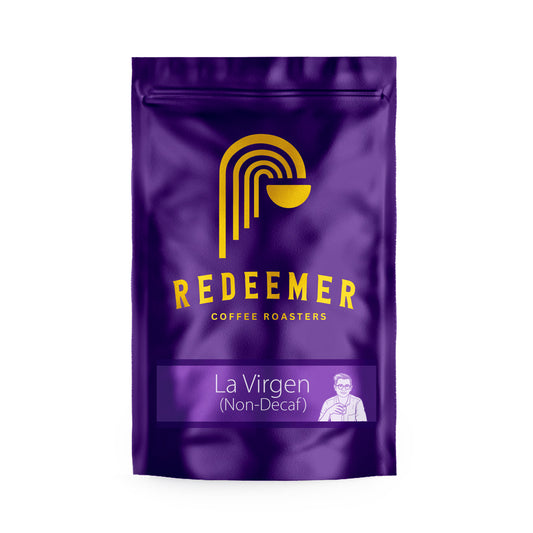The Decaf Project by James Hoffmann
Great Colombian washed coffee, 4 different processes. Australia/NZ - Shipping From NSW Australia
We still have stock, our greens are stored well and we ship daily! If you can add to cart then we still have stock left. It will be roasted and shipped fresh
James Hoffmann The Decaf Project Tasting Kit - Basic Kit
Basic Kit Includes
1x 33g - Unprocessed (Non-Decaf)
1x 33g - Swiss Water® Decaf
1x 33g - Ethyl Acetate Decaf
1x 33g - Carbonic Natural Decaf
1x A4 Scorecard for cupping event
View full details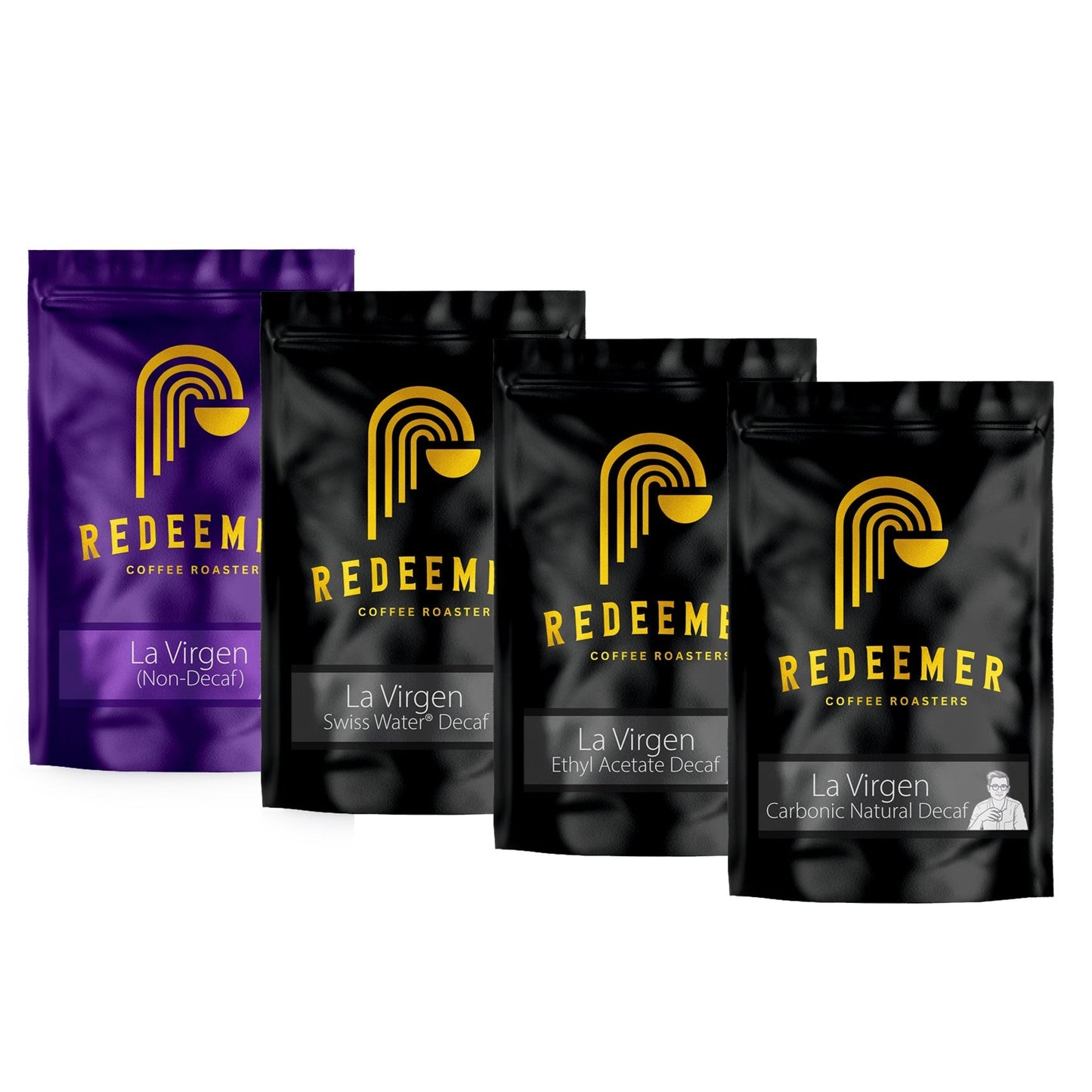
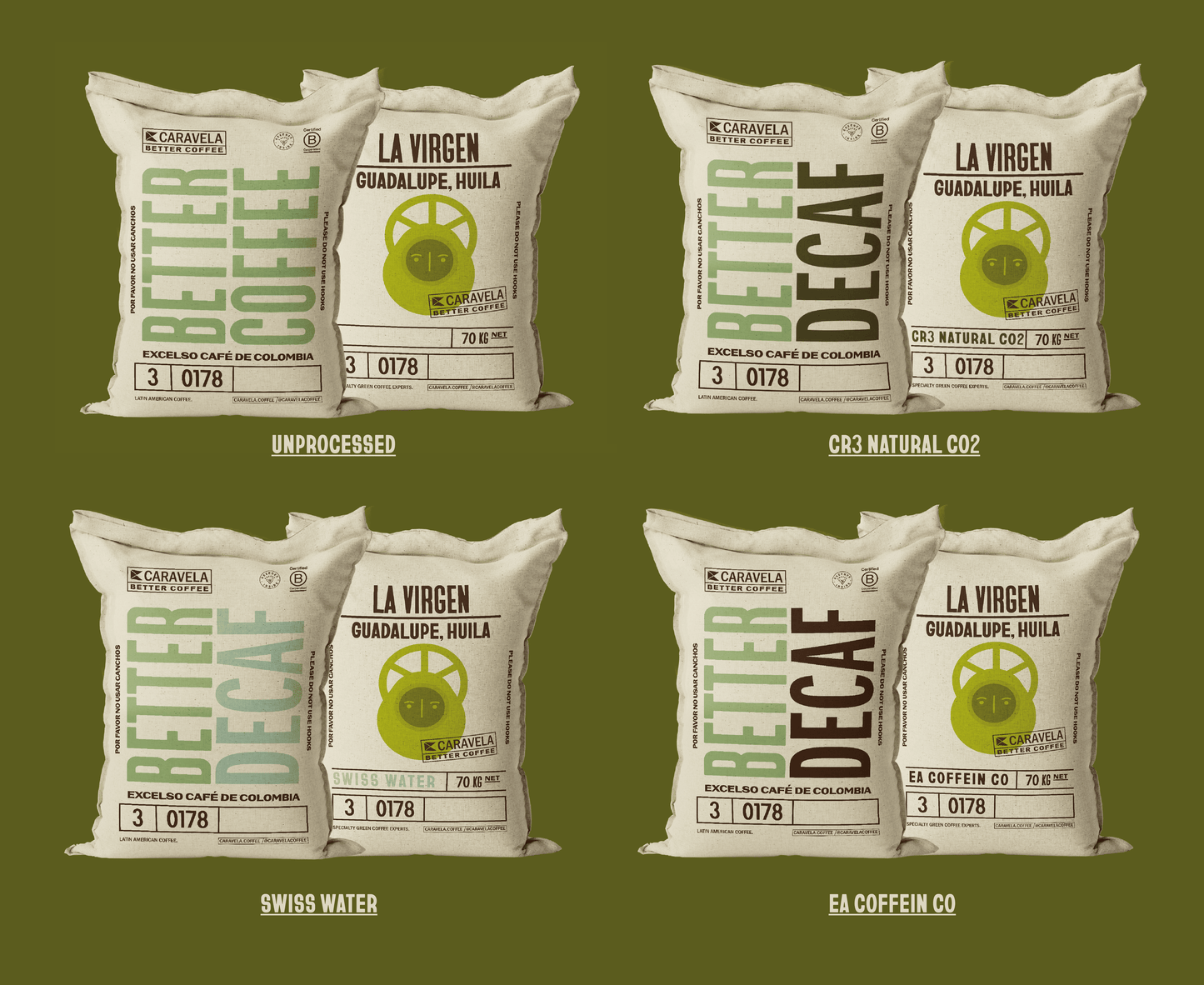
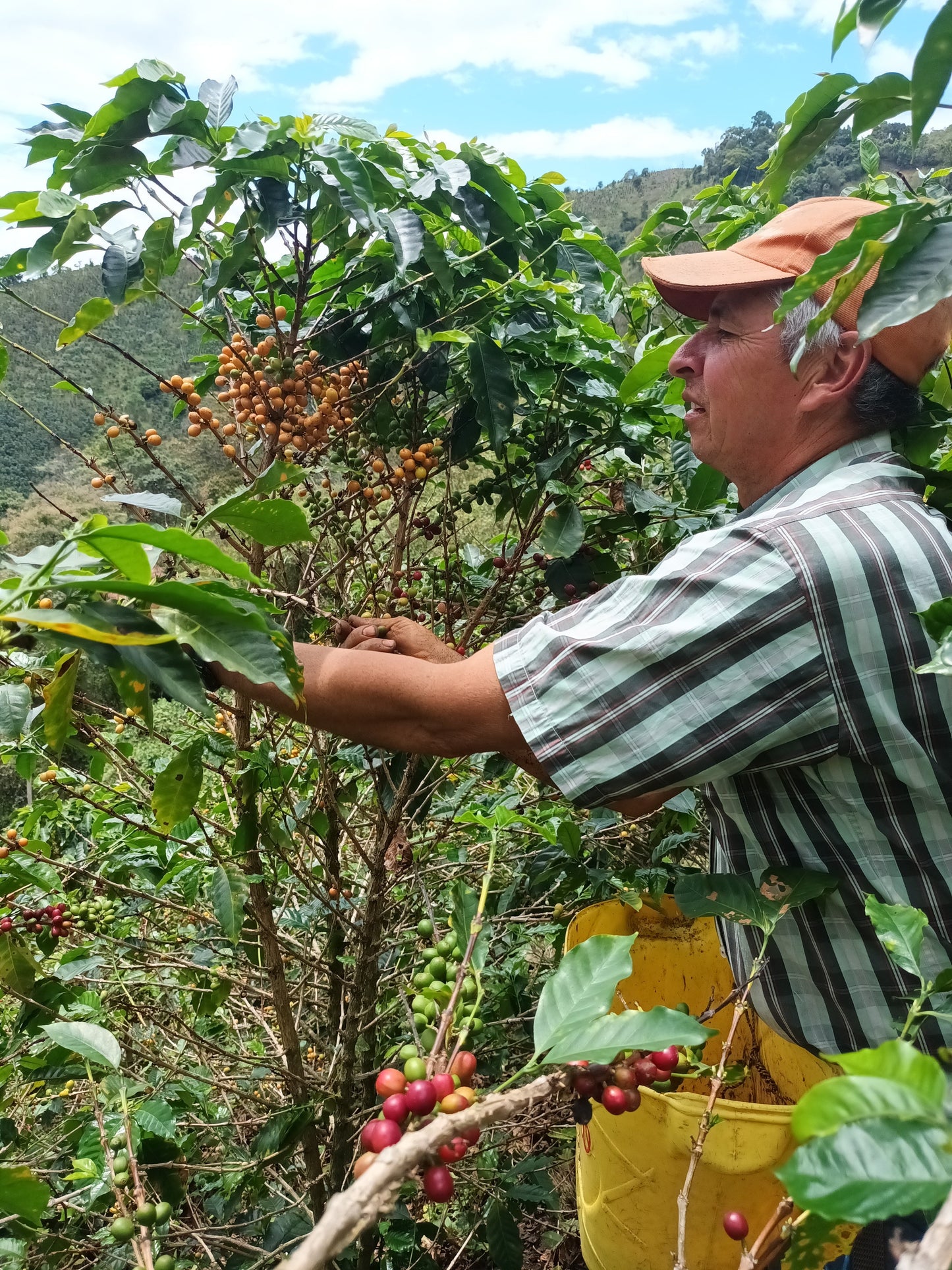
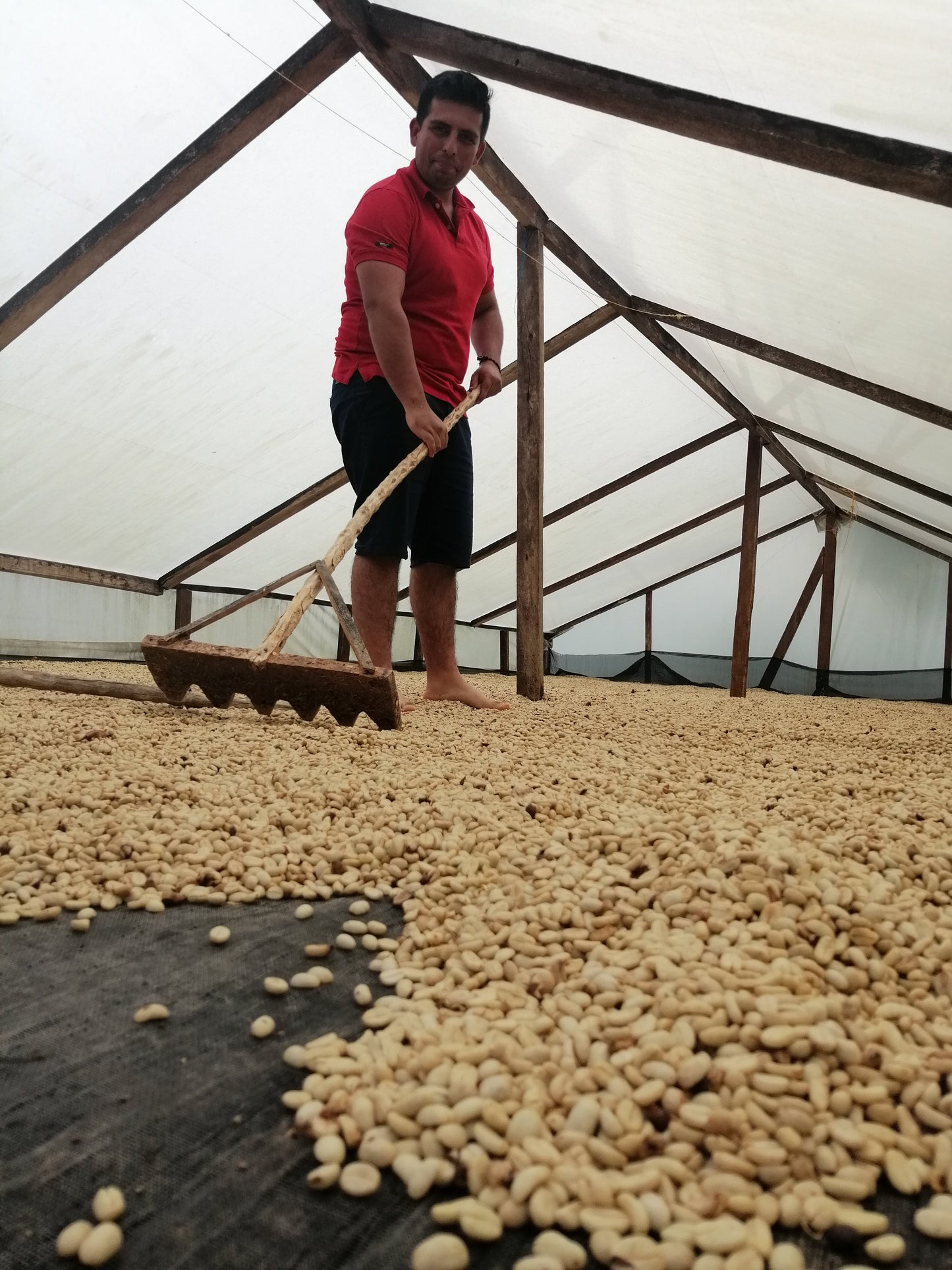
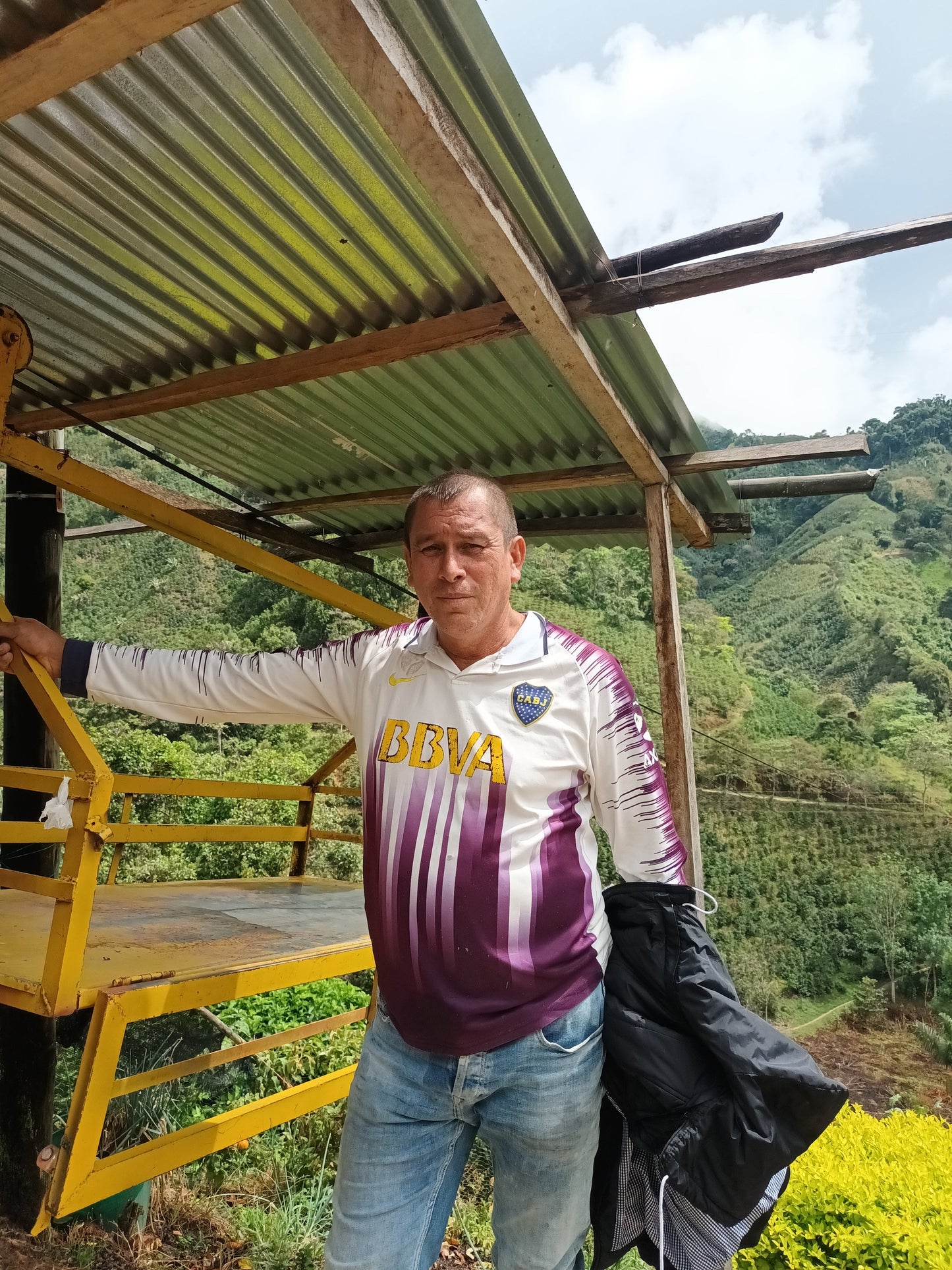
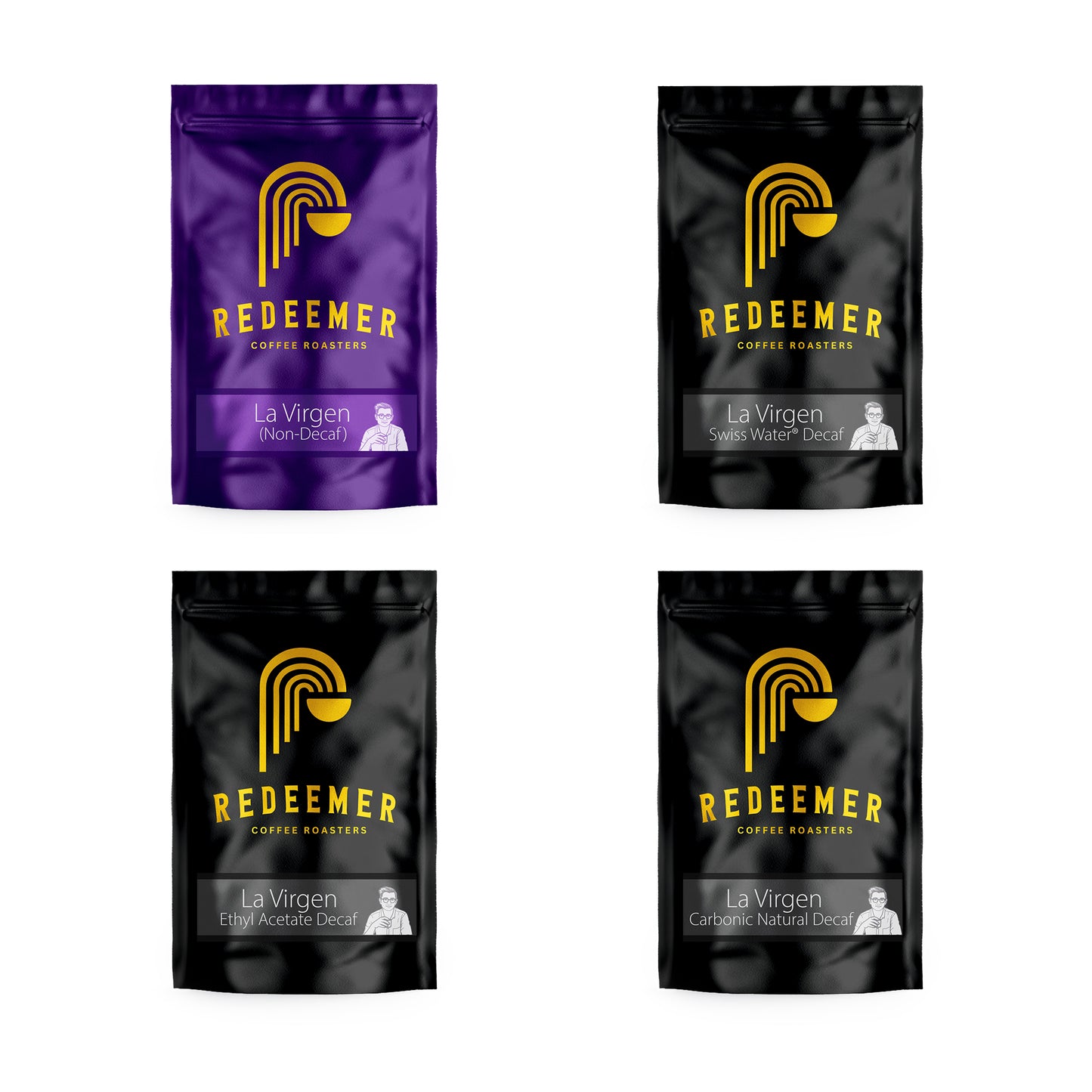
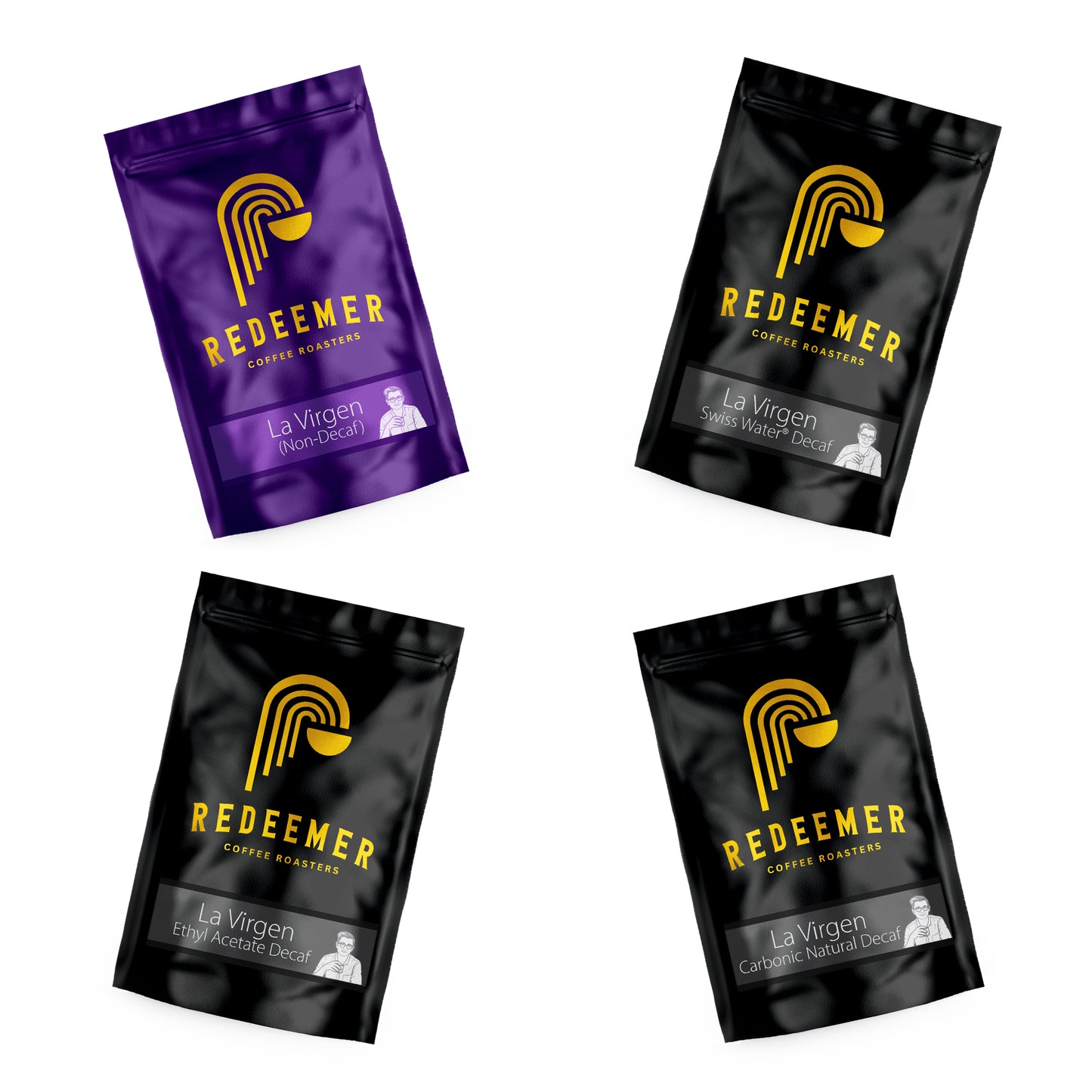
James Hoffmann The Decaf Project Tasting Kit - FULL Kit
Full Kit Includes
1x 33g - Unprocessed (Non-Decaf)
1x 33g - Swiss Water® Decaf
1x 33g - Ethyl Acetate Decaf
1x 33g - Carbonic Natural Decaf
1x A4 Scorecard for cupping event
4x Cupping Bowls
2x Cupping Spoons
1x 60g Royal Reserve Milk Blend Sample BONUS FREEBIE
View full details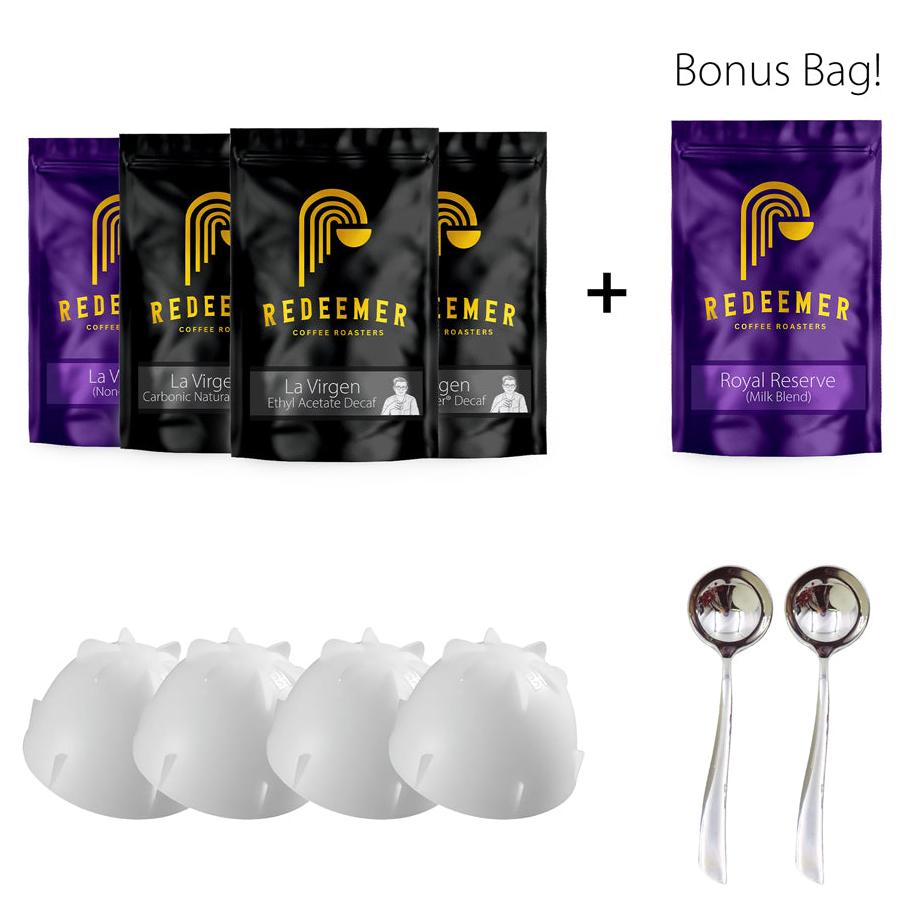
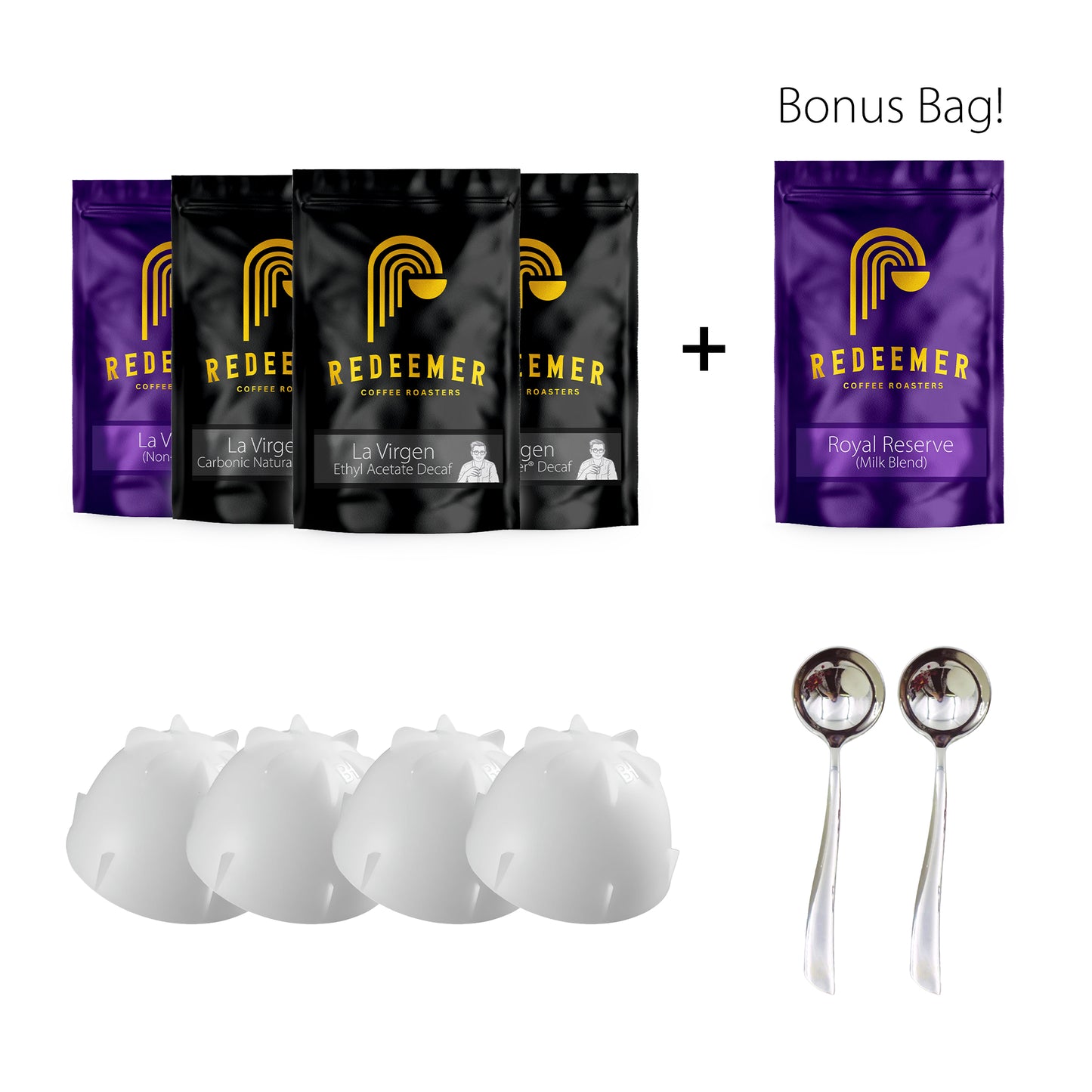
-
F.A.Q.
- AU Shipping is $10-15 or free over $99 spend
- NZ Shipping is $19-$23
- WA/NT/Rural - We recommend AU Post Express for shipping
- Sorry, no ground coffee option - Grab a Porlex Grinder!
- We can ship to other Asia Pacific countries such as Singapore and surrounding areas, if you can see freight options at checkout we can ship to you.
- Please use live chat bottom right for any further clarifications
About Us & The Project
We are passionate coffee roasters based in NSW Australia, specialising in exotic filter coffees and decaf coffees. Using a commercial air roaster, we meticulously profile, roast, and taste each coffee up to 10 times or more to ensure every batch is perfected to deliver exceptional flavour. We then roast batch after batch with precision.
When the opportunity arose to share a decaf tasting set with James Hoffmann, we couldn’t resist. Each sample pack contains 33g of each coffee, providing enough for 2–3 cupping sessions with friends and family (or just for yourself!). Each cupping session uses approximately 10g per coffee, leaving 3g spare—perfect in case of accidents.
This set offers a rare chance to explore the unique flavours of different decaffeination methods alongside a non-decaf option. The coffees come from La Virgen Farm, with Caturra and Castillo varieties, and are washed to enhance their vibrant profiles.
Here’s what’s included:
- Unprocessed (Non-Decaf): A pure, washed coffee that captures the natural essence of Guadalupe’s terroir.
- Swiss Water® Decaf: Decaffeinated using the gentle, chemical-free Swiss Water® Process, preserving the full flavour while removing caffeine.
- Ethyl Acetate Decaf: Decaffeinated by Coffein Co., this method uses ethyl acetate to create a smooth, rich decaf experience.
- Carbonic Natural Decaf: Processed by CR3-Kaffeeveredelung using a cutting-edge subcritical CO2 method that maintains the integrity and flavour of the original coffee.
If you fall in love with any of these coffees, larger 150g bags are available for purchase below. If we have any left after the campaign we will offer larger bags such as 1kg at a later date.
-
James Hoffmann The Decaf Project Tasting Kit - Basic Kit
Regular price $26.95 AUDRegular priceUnit price / per -
James Hoffmann The Decaf Project Tasting Kit - FULL Kit
Regular price $69.95 AUDRegular priceUnit price / per -
150g Colombia | La Virgen | Carbonic Natural Decaf - James Hoffmann Project
Regular price $19.95 AUDRegular priceUnit price / per -
150g Colombia | La Virgen | Ethyl Acetate Decaf - James Hoffmann Project
Regular price $18.95 AUDRegular priceUnit price / per -
150g Colombia | La Virgen | Non-Decaf - James Hoffmann Project
Regular price $15.95 AUDRegular priceUnit price / per -
150g Colombia | La Virgen | Swiss Water Decaf - James Hoffmann Project
Regular price $21.95 AUDRegular priceUnit price / per -
WHITE Cupping Bowls for Roasting by Barista Hustle Tools (1pc)
Regular price $4.95 AUDRegular priceUnit price / per -
BLACK Cupping Bowls for Roasting by Barista Hustle Tools (1pc)
Regular price $5.95 AUDRegular priceUnit price / per -
Rhino Professional Cupping Spoon
Regular price $12.95 AUDRegular priceUnit price / per -
Hario Cupping Spoon Matte Black
Regular price $44.95 AUDRegular priceUnit price / per
Further detail about decaf processes
Coffein Compagnie - Ethyl acetate (EA) decaffeination
Ethyl acetate is used in decaffeination because it is highly selective with respect to caffeine and can physically extract it from green coffee beans in a gentle, but targeted manner.
First, the green coffee beans are steamed to remove the silverskin and increase their water content, opening up their cell structure. The water-ethyl acetate-solution selectively extracts caffeine from the beans in several stages. Finally, steam is used to remove any remaining ethyl acetate from the beans, which are then dried to their original moisture content.
Ethyl Acetate is a natural component of sugar cane, coffee, and fruits such as musk, strawberries and bananas, but is also produced synthetically.
CR3-Kaffeeveredelung M. Hermsen - CO2 Subcritical Decaffeination
This unique process was developed by CR3 in the late 80s. It uses natural carbon dioxide, under subcritical conditions (i. e. relatively low temperature and pressure), to gently and selectively target caffeine, so as to retain the full taste potential of the green coffee. This process is all organic certified.
Raw, unroasted coffee is moistened and placed in a vessel with pressurized liquid carbon dioxide, which circulates through the coffee to extract caffeine. Once the desired caffeine level is achieved, the CO2 circulation stops, and the coffee is gently dried to its original moisture content. The caffeine is extracted from the liquid carbon dioxide, allowing both components to be reused.
Swiss Water® Process
The Swiss Water® Process uses water, temperature, and time to gently remove caffeine, while preserving all the coffee’s original characteristics.
The green coffee, rehydrated to the target moisture level for decaffeination, is put into contact with a Green Coffee Extract (GCE). GCE is made out of fresh water and all of the soluble solids within coffee (minus the caffeine). The GCE is continuously circulated around the green coffee, triggering the diffusion process, which removes only the caffeine (the only element of imbalance) and none of the flavor components of the coffee. The process takes place over 8-10 hours until there’s no more than 0.1% of caffeine remaining. Caffeine is then removed from the GCE using a proprietary carbon filtration system, so that the GCE can be reused.
How to cup coffee
James will be going live on his YouTube channel at 2:00 AM AEDT on 16th December. For most Australians, that’s not an ideal time for a cupping session, so we recommend catching the replay here.
To prepare, you can review our standard cupping practices below and even have a small practice session beforehand. Each 33g sample we provide is enough for three cupping sessions, giving you plenty of opportunities to explore the flavours and share with friends.
-
Step 1 - Gather the goods
- Coffee Samples
- Cupping Bowls (200-220ml)
- Enough Boiling Water (750ml)
- Scales
- Timer on Phone
-
Step 2 - Weigh and Grind
- Measure 10g of coffee and grind into your cupping bowl
- Grind coffee to a coarse texture, similar to sea salt. Usally in the middle between a Filter brew and espresso as per the below image
-
Step 3 - Smell the Dry Grounds
- Place the grounds into cupping bowls.
- Smell the coffee to assess its dry aroma.
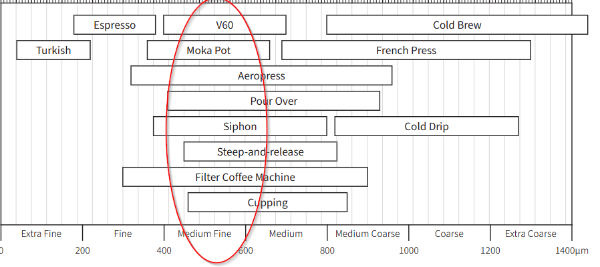
-
Step 4 - Pour Hot Water
- Start a timer and pour water over the coffee grounds till you 170ml in the bowl
- Ensure all grounds are saturated.
-
Step 5 - Allow Coffee to Brew
- Let the coffee steep for 4 minutes.
-
Step 6 - Break the Crust
- After 4 minutes, use a cupping spoon to gently stir the crust (floating grounds).
- Smell the released aromas while breaking the crust.
-
Step 7 - Skim surface crust
- Use the spoon to remove any remaining foam or floating grounds from the surface.
- Two cupping spoons can be handy so you can make a bowl shape with both spoons and drag towards you then scoop all out at once
-
Step 8 - Slurp @ 14 Mins
- Use the cupping spoon to sip the coffee, slurping to aerate and spread it across your palate.
- Keep cycling coffees every couple of minutes, till 22 minutes (cold) - flavours will change and your preferences may change
-
Step 9 - Clean up the mess
- Clean up and reorder more coffee from Redeemer ;)







